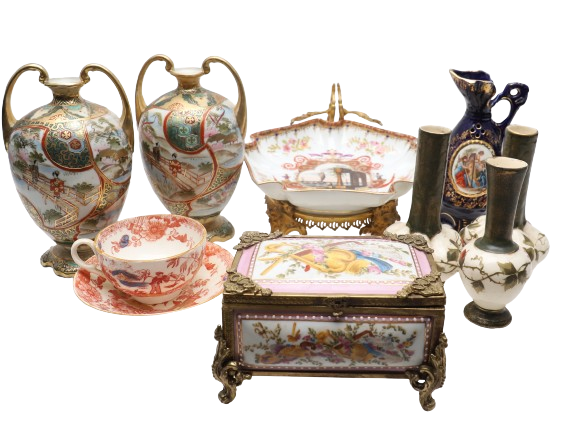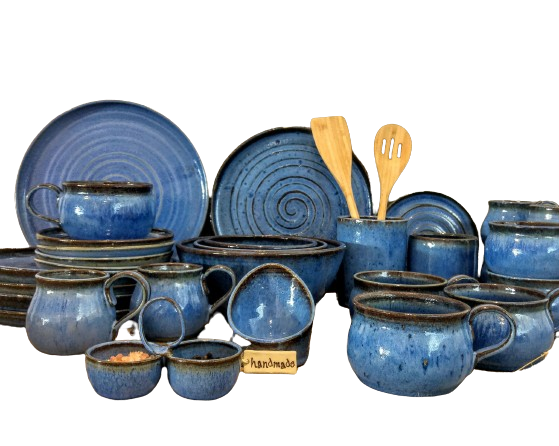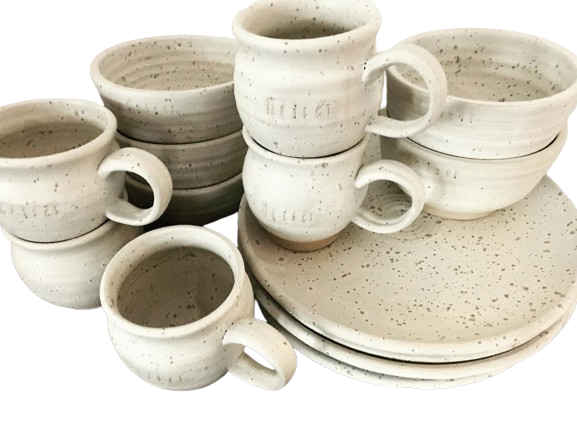Ceramic Products
INTRODUCTION
Ceramic products have a long history and play an essential role in various industries due to their diverse properties and applications. Ceramics are non-metallic, inorganic materials that are typically made from clay and other natural materials. They are hardened by heating to high temperatures. Ceramics are known for their hardness, brittleness, resistance to high temperatures, and low electrical and thermal conductivity
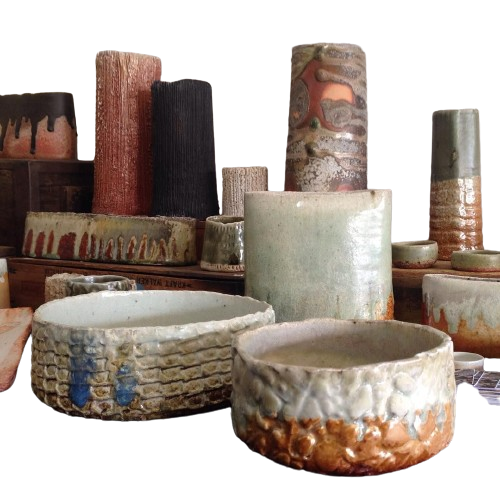
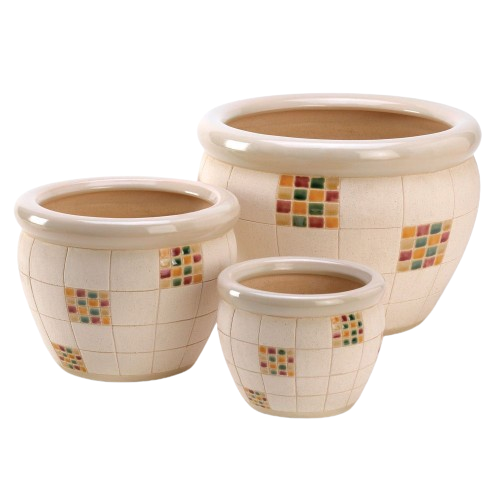
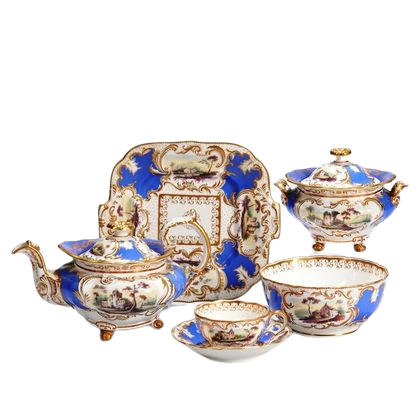
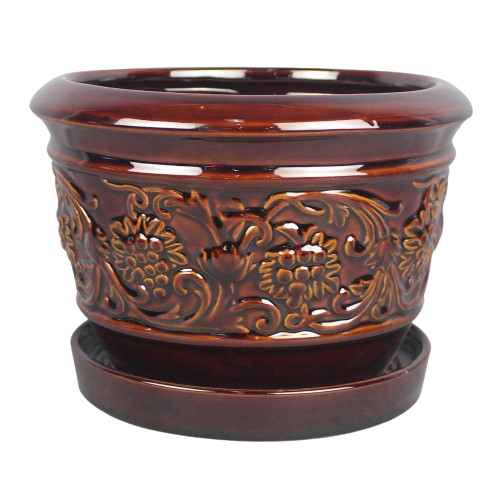
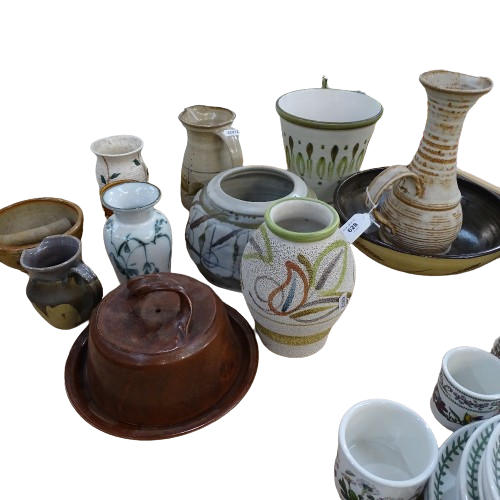
TYPES OF CERAMIC PRODUCTS
Ceramic products can be broadly categorized into two types: traditional ceramics and advanced (or technical) ceramics.
Traditional Ceramics
These are the ceramics that have been used for thousands of years. They include:
Pottery: This includes items like vases, bowls, and mugs made from clay and hardened by heat.
Bricks and Tiles: Used extensively in construction for walls, roofs, and flooring. They are made from clay or shale and fired in a kiln.
Refractories: These are heat-resistant materials used in industries such as steelmaking, glass production, and power generation. They include bricks, blocks, and other shapes designed to withstand high temperatures.
Sanitaryware: Products like toilets, sinks, and bathtubs fall into this category. They are made from vitreous china and other materials to provide durability and a smooth surface.
Porcelain and Bone China: These are high-quality ceramics used for fine dinnerware and decorative items. Porcelain is made from kaolin clay and fired at high temperatures, while bone china includes bone ash for added translucency and strength.
PRODUCTS
